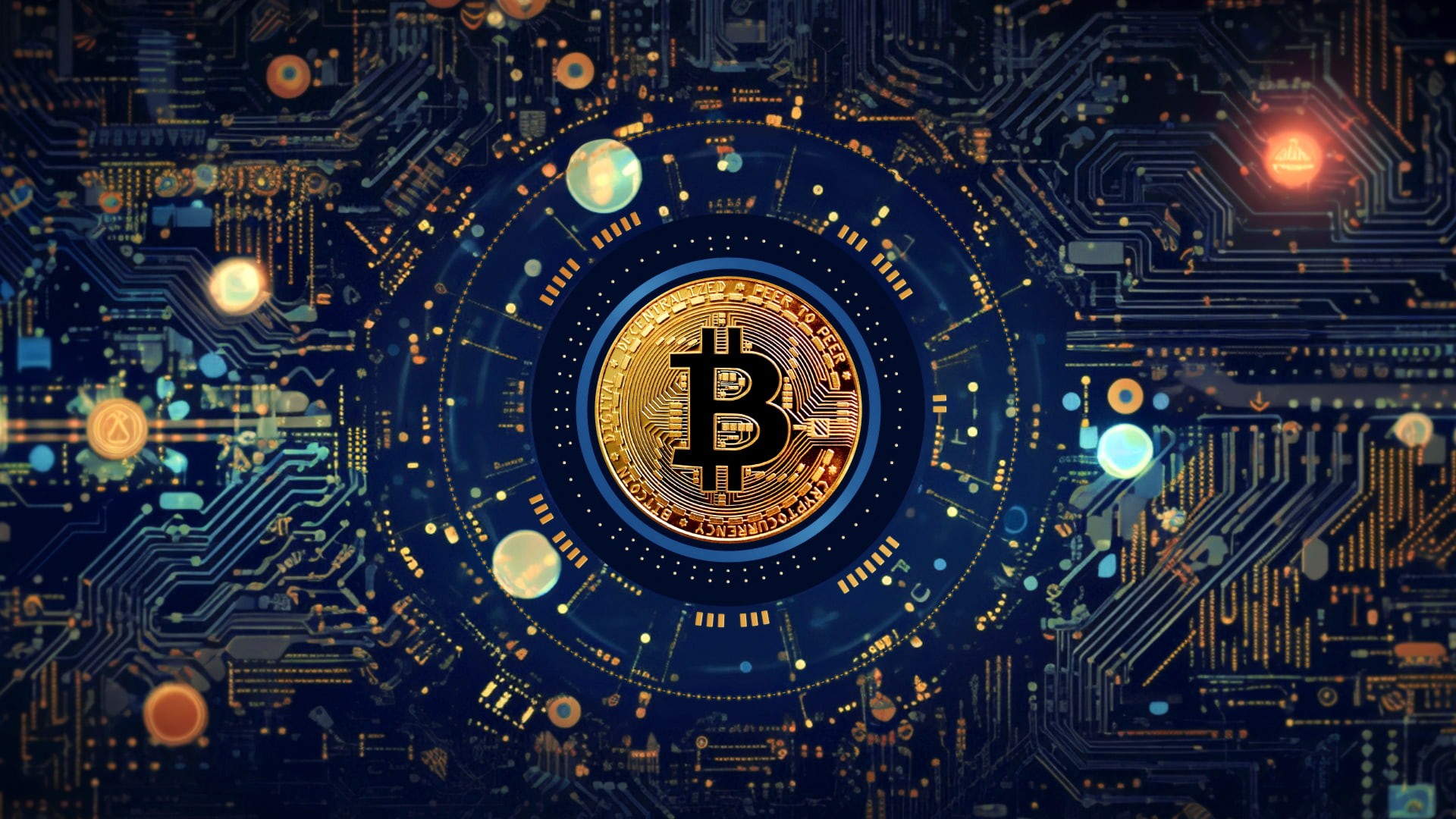To ascertain how well these systems will complement each other, we need to examine them separately. As such, we can understand their benefits and unique selling points.
There is an earlier content where we discussed the process of cryptocurrency software development. In that post, we thoroughly broke down everything anyone needs to know about blockchain. Tectum encourages readers to revisit that article and learn about the essentials of decentralized technology.
What is Machine Learning?
Machine learning is the process of using algorithms and statistical models development and application of computer systems that are able to initiate commands without human interference. In simpler terms, this involves creating computers that can function more autonomously without the involvement of human beings.
For example, let us look at the Google Image Search. This system has been designed to recognize images of a person, place, animal, or thing regardless of the angle or shade of the picture. It is such that the search engine automatically gives users results.
For a better understanding, let us look at the literal meaning of the term “machine learning.” In literal terms, it means teaching a computer to acquire knowledge through study or experience. It is such that there will be noticeable changes in the behavior of that machine.
Machine learning involves programming a machine to think and act on its own. Not to worry, this is not like what you watch in horror movies. Computers are programmed with algorithms and models to act along specific lines. So, no! Machine learning will not teach computers to overthrow humans.
How Can Blockchain and Machine Learning Improve Security in Web3?
Now that we understand how machine learning works, it is easier to correlate how well it will work with blockchain technology to further strengthen security.
Every form of cybersecurity vulnerability banks on one thing – the human being operating the computer. There is a saying that the strongest network is only as strong as its weakest link. Unfortunately, human beings have proven to be that medium through which cybercriminals access very safe data architectures.
A good example is phishing scams that exploit human emotions to gain access to systems. Imagine a process where the computer can efficiently run independently without human interference.
Some blockchains still use DAOs to manage their networks and permit the transfer of funds. Users are “proxy owners of tokens, as the DAO makes the decision on what should happen or not. These systems demand that a certain percentage of members in the autonomous organization pass a vote of confidence to affirm an action. This means that a hacker gaining control of DAO accounts can approve or withhold funds if they want.
With machine learning, these networks can become like Tectum – the fastest blockchain. Tectum SoftNote Bill utilizes a trustless system that is built on smart contracts and blockchain technology. The system automatically approves and rejection transaction requests depending on whether the prerequisite conditions are met.
The Possibilities of This Combination
Blockchain bridges are one area that needs the support of machine learning to function more efficiently. Besides attacking individual wallets, hackers now target bridges that enable the transfer of tokens from one particular network to another. This is because most networks use human validators to process these types of transactions.
Cybercriminals simply try to gain control of the required percentage for approving transactions. Once they do that, these malicious individuals simply transfer tokens in mass to a noncustodial wallet like Metamask. From there, they proceed to sell the cryptocurrencies on a decentralized exchange where the funds are almost untraceable.
Blockchain firms can utilize machine learning to build more secure transaction bridges. These systems can learn the signs of an unusual activity that will occur when hackers take control of a bridge. The blockchain company can program the system to reject such transaction requests, demand further authentication or shut down the node when it notices similar signs.









